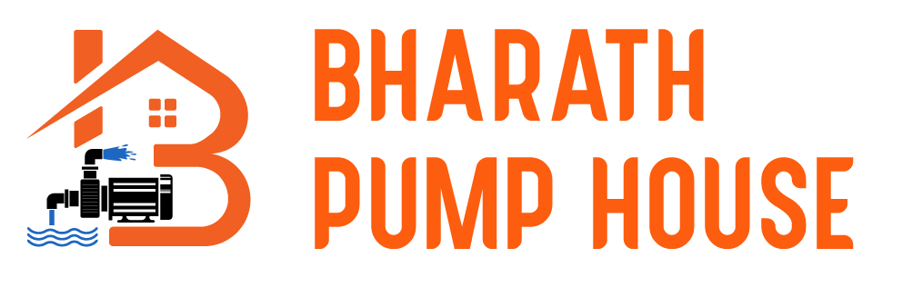MOTOR
An electric motor is an electrical machine that converts electrical energy into mechanical energy. Electric motors can be powered by alternative current (AC) or direct current (DC). The very basic principle of functioning of an electric motor lies on the fact that force is experienced in the direction perpendicular to magnetic field and current, when field and current are made to interact with each other.
Motors are generally two types AC motor and DC motor:
- DC Motor
- AC Motor
- DC Motors
A DC motor or Direct Current Motor converts electrical energy into mechanical energy. A direct current (DC) motor is a fairly simple electric motor that uses electricity and a magnetic field to produce torque, which turns the rotor and hence give mechanical work.
DC motors can be classified into 2:
- Brushless Motor
- Brushed Motor
- Brushless Motor
These motors have a simpler design and have a higher life span when used in higher applications. This has little maintenance and high efficiency. These types of motors are used in appliances that use speed and position control such as fans, compressors, and pumps.
- Brushed Motor
These are the traditional variety of DC motors which are used for basic applications where there is a very simple control system. These are used in consumer applications and basic industrial applications.
Brushed Motors are of 4 types:
- Series Wound Motor
- Shund Wound Motor
- Compound Wound Motor
- Permanent Magnet Motor
- Series Wound Motor
In the series wound DC motors, the rotor winding is connected in series with the field winding. Varying the supply voltage will help in controlling the speed. These are used in lifts, cranes, and hoists, etc.
- Shund Wound Motor
In the shunt wound DC motors, the rotor winding is connected in parallel with the field winding. It can deliver higher torque without any reduction in the speed and increases the motor current. Due to its medium level of starting torque along with constant speed, it is used in conveyors, grinders, vacuum cleaners, etc
- Compound Wound Motor
In the compound wound DC motors, the polarity of the shunt winding gets added to that of the series fields. It has a high starting torque and runs smoothly even if the load varies smoothly. This is used in elevators, circular saws, centrifugal pumps, etc.
- Permanent Magnet Motor
Permanent magnet as the name suggests are used for precise control and lower torque such as robotics.
- AC Motors
An AC motor or Alternative Current motor is structurally identical to a DC motor except that it has a slip-ring commutator rather than the split ring in a DC motor. This is because the current in the coil changes direction due to the AC nature and doesn’t need to be mechanically flipped. This means that the rotation speed is harder to control as it is related to the frequency of the AC supply.
AC Motors are of 2 types:
- Synchronus Motor
- Induction (Asynchronus) Motor
- Synchronus Motor
In this kind of motors, the speed remains constant with varying loads and the supply current frequency is synchronized with rotor rotation. That is why this motor helps to drive motors at a constant speed and is used in machines.
- Induction (Asynchronus) Motor
This motor works on the principle of electromagnetic induction which is produced from the magnetic field on the rotor.
These are classified into two types according to the load capacity:
- Single phase
- Three phase
- Single phase
A single phase electric motor uses a single phase power supply to convert electric energy into mechanical energy. It contains two wires (one hot wire and one neutral wire) and uses a single alternating voltage since it only generates an alternate field, it needs a capacitor for startup.
- Three phase
A three phase electric motor uses a three phase power supply to convert electric energy into mechanical energy. It contains four wire (three hot wires and one neutral wire) and uses three alternating currents of the same frequency. Since it generates a rotating magnetic field, it does not need a capacitor for startup.
